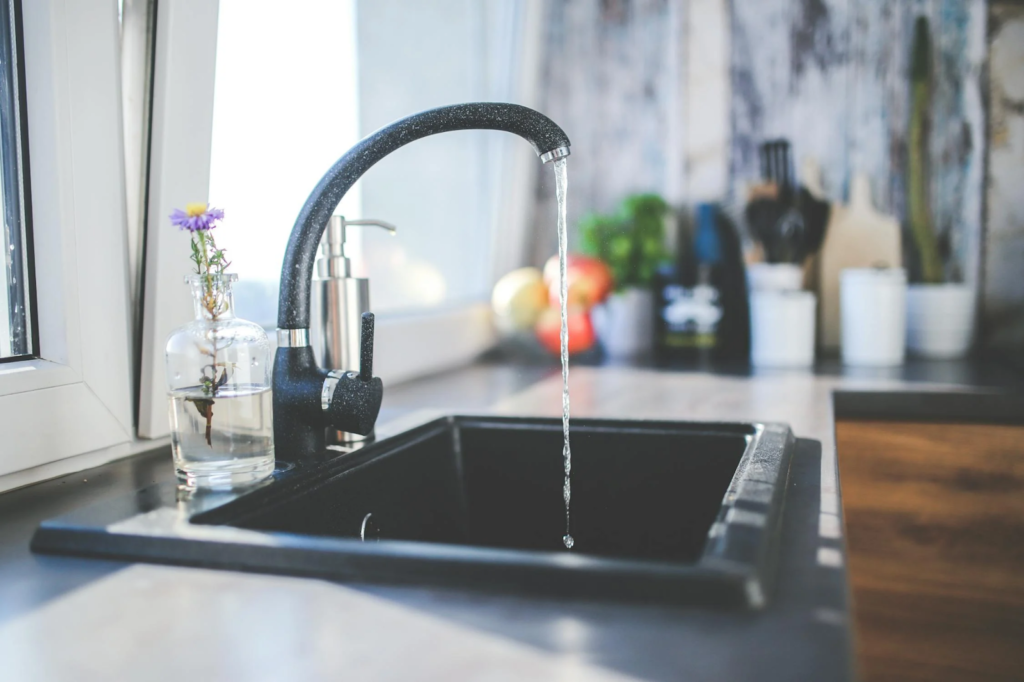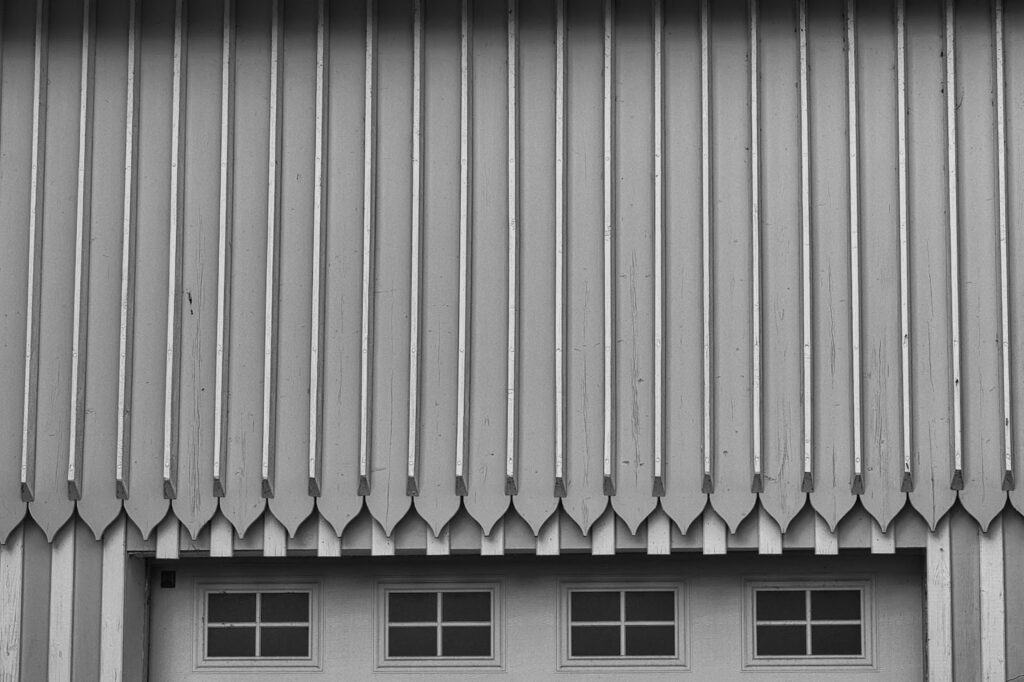Let’s face it, dealing with pests is probably not the highlight of your job, but it’s absolutely essential. Keeping your properties pest-free isn’t just about comfort—it’s about safeguarding your investment and maintaining a good reputation. So, how can you manage pests effectively without it becoming a full-time job on its own? I’ve got some proven strategies that can help you keep those pesky pests under control.
Let’s dive in and tackle this topic together.
Regular Inspections: The Foundation of Effective Pest Control
One of the most effective ways to prevent pest problems for property managers is to catch them early. Regular inspections are key:
– Schedule Routine Checks:
Set a routine (monthly or quarterly) to inspect your properties thoroughly. Look for signs of pest activity like droppings, nests, or damage to wood and wires.
– Train Your Staff:
Make sure your maintenance team knows what signs of pests to look for and how to report them.
– Engage Tenants:
Educate your tenants on how to spot and report signs of pests promptly. The sooner you know about a problem, the easier it is to deal with it.
Preventative Measures: Stopping Pests Before They Start
Prevention is always better than cure, especially when it comes to pests. Here are some preventative measures you can take:
– Seal Entry Points:
Check for gaps around doors, windows, and utility lines. Sealing these can prevent many pests from entering.
– Proper Waste Management:
Ensure that garbage bins are sealed and emptied regularly. Accumulated trash can attract rodents and insects.
– Landscaping Maintenance:
Keep the grass cut and bushes trimmed. Overgrown vegetation can provide shelter and breeding grounds for pests.
Tenant Cooperation: Your Secret Weapon
Your tenants can play a pivotal role in keeping properties pest-free. Foster a collaborative environment where tenants feel responsible and are proactive about pest control:
– Clear Communication:
Provide guidelines on how tenants can help prevent pest infestations, such as disposing of trash properly and minimizing clutter.
– Immediate Reporting:
Encourage tenants to report pest sightings immediately. The quicker you respond, the less chance there is of a full-blown infestation.
– Regular Updates:
Keep tenants informed about scheduled pest control treatments and what they can do to assist in the process.
Integrated Pest Management (IPM): A Comprehensive Approach
IPM is a holistic approach to pest control that uses a combination of techniques to minimize pest problems effectively:
– Assessment:
Regularly assess the pest control needs of each property. Different properties might have different vulnerabilities.
– Implementation:
Combine physical, chemical, and biological pest control methods. For instance, use baits and traps along with chemical treatments where necessary.
– Monitoring:
After implementing control measures, monitor the results. This will help you understand what’s working and what isn’t.
Technology and Pest Control: Harnessing New Innovations
Technology is changing every industry, including pest control. Embrace these new tools to enhance your pest management strategies:
– Ultrasonic Devices:
Use ultrasonic devices that emit sound waves to deter pests.
– Smart Traps:
Invest in smart traps that notify you via an app when a pest is caught.
– Thermal Imaging:
Use thermal imaging to detect heat signatures of pests in hidden areas.
Customized Solutions: Tailoring Your Approach to Different Properties
Not all properties are created equal, and neither are their pest control needs. An apartment complex in the city might face different challenges compared to a single-family home in the suburbs. Here’s how to customize your pest control strategy:
– Understand the Environment:
Urban properties might struggle more with rodents, while rural properties could have issues with wildlife. Tailoring your approach based on the specific challenges of the environment is crucial.
– Assess Tenant Habits:
Different tenant demographics might have different living habits that can affect pest control. For example, properties with high turnover rates, like student housing, might need more frequent inspections.
– Consider the Property’s History:
Properties with a history of infestations may require more stringent measures and frequent monitoring to prevent reinfestation.
Proactive Communication: Building a Community Effort
Effective communication isn’t just about sending out notices for pest control treatments; it’s about creating an ongoing dialogue. Here are some ways to foster communication that supports your pest control efforts:
– Educational Workshops:
Organize workshops for tenants about how they can contribute to keeping the property pest-free. This can include best practices for food storage, garbage disposal, and even DIY pest prevention tips.
– Regular Newsletters:
Send out a regular newsletter that includes pest control tips, updates on recent pest control activities, and any changes to maintenance schedules that could affect tenants.
– Open Lines of Communication:
Make it easy for tenants to reach out with concerns or reports of pest sightings. Consider setting up a dedicated hotline or an online reporting system.
Eco-Friendly Pest Control: Safe and Sustainable Practices
More property managers are turning to green pest control solutions that are safer for tenants and the environment. Here are some eco-friendly practices to consider:
– Biological Controls:
Use natural predators or pathogens to control pest populations. For example, introducing ladybugs to control aphids in garden areas.
– Chemical Alternatives:
Use pesticides that are biodegradable and less toxic. Products with ingredients like neem oil or diatomaceous earth can be effective and are safer for both humans and pets.
– Physical Barriers:
Implement physical barriers such as screens, nets, or even plants that naturally repel certain pests as a first line of defense.
Maintenance and Upkeep: The Ongoing Battle Against Pests
Routine maintenance goes a long way in preventing pest infestations. Here’s how to incorporate maintenance into your pest control strategy:
– Regular Cleaning:
Ensure that common areas and tenant spaces adhere to high standards of cleanliness. Regular cleaning can help prevent pests by removing food sources and debris that attract them.
– Maintenance Requests:
Respond to maintenance requests promptly, especially those that involve leaks or structural repairs, which can create entry points or breeding grounds for pests.
– Upgrade Fixtures:
Consider upgrading fixtures to more modern, pest-resistant models. For example, installing door sweeps on all exterior doors can help block entry from small insects and rodents.
Leveraging Seasonal Strategies: Year-Round Pest Prevention
Pests have different active seasons, and understanding this can significantly enhance your pest control efforts. Here’s how to leverage seasonal strategies to keep your properties pest-free all year round:
– Spring Preparation:
.
As temperatures rise, pests become more active. Use this time to reinforce defenses by clearing out winter debris from yards and gutters, which can be breeding grounds for pests.
– Summer Vigilance:
This is peak season for many pests. Increase inspections, especially in areas where food is stored and disposed of. Make sure all outdoor dining areas are clean and free from food debris to avoid attracting pests.
– Fall Barriers:
As the weather cools, pests look for warm places to overwinter. Seal up cracks and openings and ensure that attics and basements are dry and well-ventilated to deter pests from settling in.
– Winter Monitoring:
Though many pests are less active in winter, this is the time to check for signs of entry and nesting. Address any issues before spring arrives and the cycle begins again.
Advanced Monitoring Tools: Smart Technology for Pest Control
The use of technology in pest control can provide more precise monitoring and faster response times. Consider these advanced tools to enhance your pest management system:
– Sensor Technology:
Install sensors that can detect and alert you to the presence of pests. These devices can monitor sound frequencies, movements, or even chemical signals from pests.
– Data Analytics:
Use data analytics to predict pest outbreaks based on historical data and current conditions. This can help you prepare more effectively and allocate resources where they are most needed.
– Remote Monitoring Systems:
For large properties or properties not regularly occupied, remote monitoring systems can provide alerts and updates to your smartphone or computer, allowing you to manage pest control from anywhere.
Building a Team: Collaborative Pest Control Efforts
Pest control is most effective when it’s a team effort. Building a network of professionals and ensuring that all staff members are trained can lead to more efficient pest management:
– Collaborate with Experts:
Regularly work with entomologists or pest control professionals who can provide insights into pest behavior and effective treatment strategies.
– Staff Training:
Train your staff in pest recognition and proper reporting procedures. This ensures that everyone knows how to handle a pest sighting and whom to inform.
– Tenant Participation:
Engage tenants by providing them with tips on how to reduce pest attractants in their units. Encourage them to report issues promptly, which helps in quick resolution and prevents larger infestations.
Continuous Improvement: Adapt and Enhance Pest Control Measures
The world of pest control is always evolving, and staying informed about new methods, products, and regulations is crucial. Here’s how to keep your strategies fresh and effective:
– Stay Informed:
Keep up with the latest pest control research and innovations. Attend workshops, seminars, or webinars on pest management.
– Review and Revise:
Regularly review your pest control strategies and the results they’re achieving. Don’t be afraid to revise your approach based on what is or isn’t working.
– Feedback Loop:
Create a feedback loop with your tenants and maintenance teams. Their insights from the ground can help refine your strategies.
Effective pest control is about being proactive, informed, and responsive. By employing a comprehensive approach that adapitates to seasonal changes, leverages technology, and fosters collaboration, you can maintain pest-free properties efficiently. What new strategies will you implement this year to keep your properties in top shape? Let’s keep those pests out, for good!






